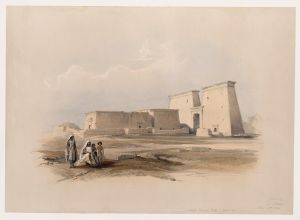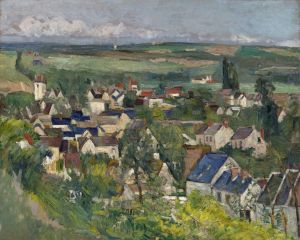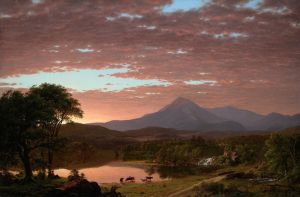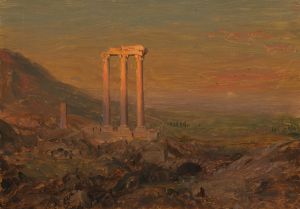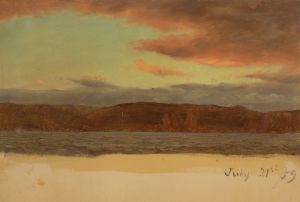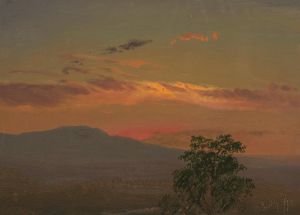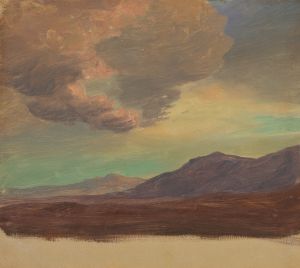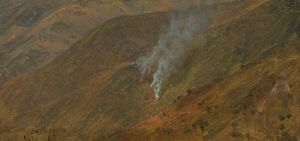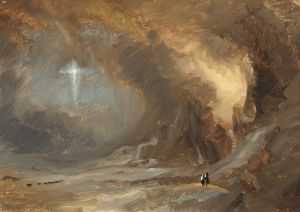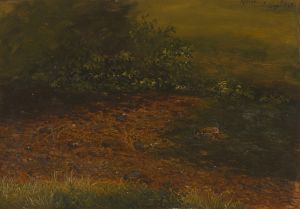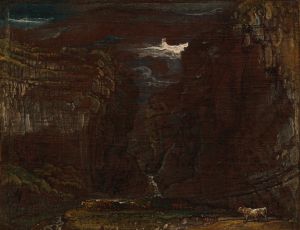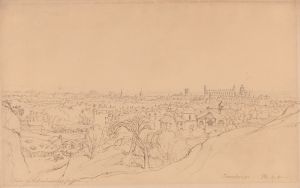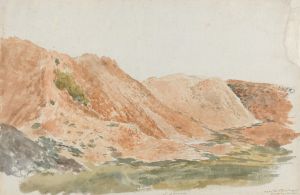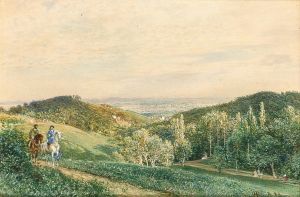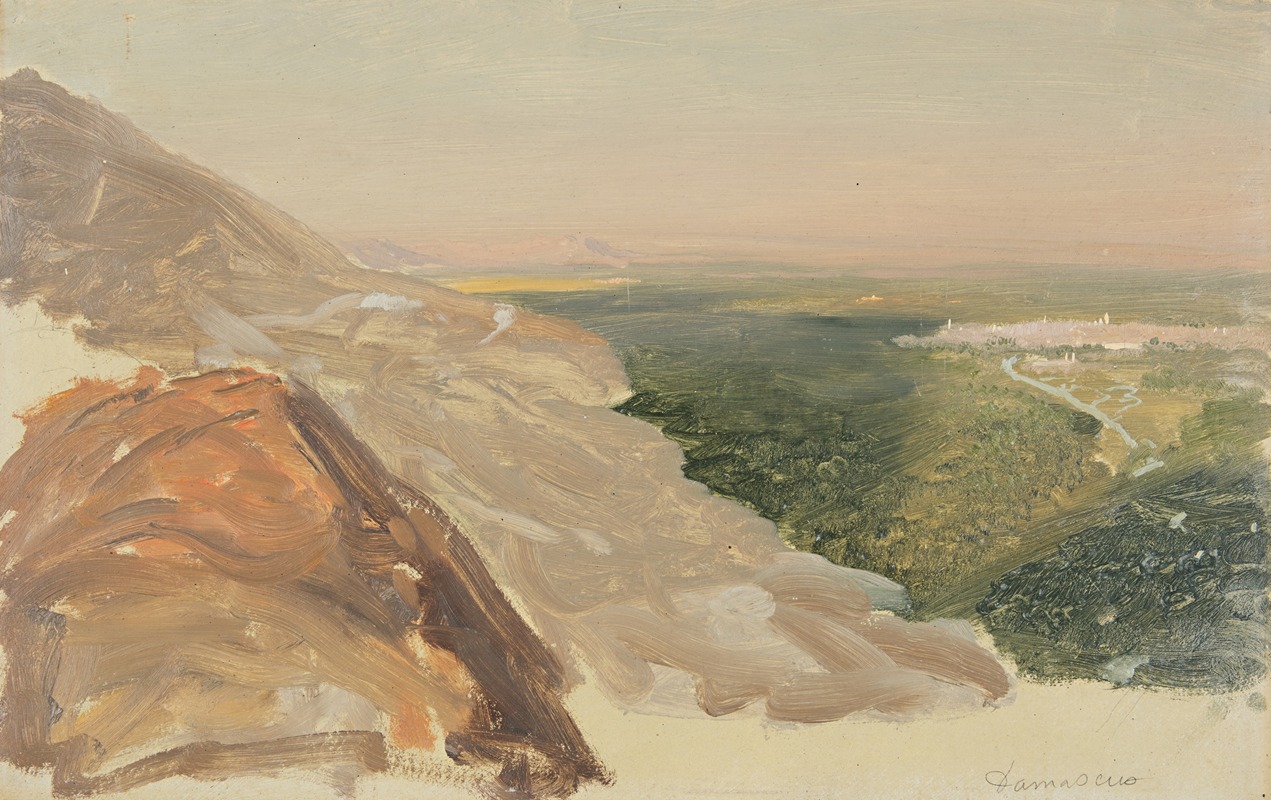
View of a plain with Damascus, Syria, from the mountains.
A hand-painted replica of Frederic Edwin Church’s masterpiece View of a plain with Damascus, Syria, from the mountains., meticulously crafted by professional artists to capture the true essence of the original. Each piece is created with museum-quality canvas and rare mineral pigments, carefully painted by experienced artists with delicate brushstrokes and rich, layered colors to perfectly recreate the texture of the original artwork. Unlike machine-printed reproductions, this hand-painted version brings the painting to life, infused with the artist’s emotions and skill in every stroke. Whether for personal collection or home decoration, it instantly elevates the artistic atmosphere of any space.
Frederic Edwin Church was a prominent American landscape painter and a central figure in the Hudson River School of American art. Known for his grand, detailed landscapes, Church often drew inspiration from his extensive travels. One of his works, "View of a Plain with Damascus, Syria, from the Mountains," reflects his interest in capturing the diverse and dramatic landscapes he encountered.
Church was born in Hartford, Connecticut, in 1826 and showed an early aptitude for art. He studied under Thomas Cole, the founder of the Hudson River School, and quickly developed his own style characterized by meticulous attention to detail and a fascination with light and atmosphere. Church's paintings often depicted vast, panoramic views of natural scenes, infused with a sense of the sublime.
In the mid-19th century, Church embarked on several international trips, seeking new and exotic landscapes to paint. His travels took him to South America, the Arctic, and the Middle East, among other places. These journeys were not only artistic endeavors but also intellectual pursuits, as Church was deeply interested in the scientific and cultural aspects of the regions he visited.
The painting "View of a Plain with Damascus, Syria, from the Mountains" is a product of Church's travels to the Middle East. In 1868, Church visited the region, including the ancient city of Damascus, which is one of the oldest continuously inhabited cities in the world. This trip was part of a broader interest in the biblical and historical landscapes of the area, which were of great interest to many Western artists and intellectuals of the time.
Church's depiction of Damascus is characterized by his typical attention to detail and dramatic use of light. The painting captures the city from a vantage point in the surrounding mountains, offering a sweeping view of the plain below. The composition likely reflects Church's interest in the interplay between natural and human-made elements, a theme common in his work. The city of Damascus is nestled within the vast landscape, highlighting its historical significance and its relationship with the surrounding environment.
Church's work often carried an implicit narrative, reflecting the cultural and historical significance of the landscapes he painted. In the case of Damascus, the city holds a rich history as a center of trade, culture, and religion, which would have been of interest to Church and his contemporaries. However, Church's primary focus remained on the aesthetic and atmospheric qualities of the scene, capturing the unique light and colors of the Middle Eastern landscape.
"View of a Plain with Damascus, Syria, from the Mountains" exemplifies Church's skill in rendering complex landscapes with precision and emotion. His ability to convey the grandeur and beauty of the natural world made him one of the most celebrated landscape painters of his time. Today, Church's works are held in high regard and can be found in major art museums across the United States, continuing to inspire viewers with their breathtaking depictions of the natural world.





